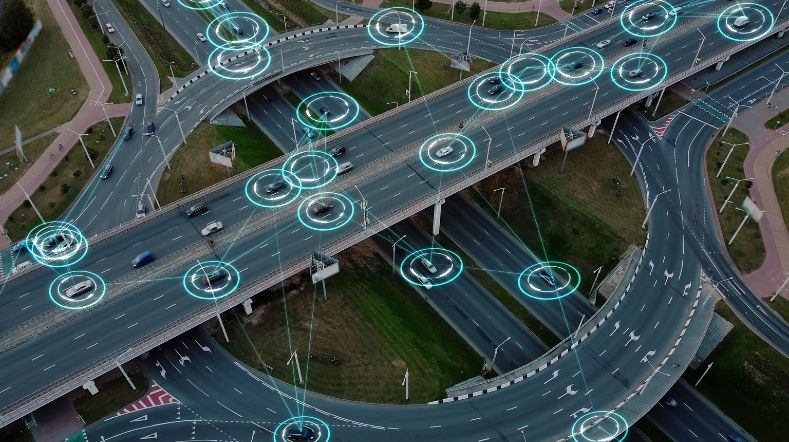
Will we still be driving ourselves in 2030?
Modern cars are taking over more and more tasks from the driver. But imagine fully autonomous vehicles in the future. What opportunities does this offer? Will you still need a parking space, or even your own car? What will autonomous driving look like and what are the main challenges? Together with Olaf Op den Camp from TNO and Antoine de Kort from the Dutch Ministry of Infrastructure & Water Management, we take a look ahead to 2030.
We have been talking about self-driving vehicles for decades. And while some car makes have already come quite far with the technology, we have yet to reach safe large-scale adoption. But if we ask Antoine de Kort whether that will happen, he has no hesitation. 'The answer is undoubtedly yes.' De Kort is a Strategic Advisor on Automated Driving at the ministry. He is leading a project group to introduce autonomous driving in the Netherlands.
This is a complex task, as there are numerous bodies involved, plus an array of legal and social hurdles to overcome. But this doesn't put De Kort off: 'Autonomous driving is fascinating, a bit like the first man walking on the moon. Using technology to improve road safety and completely change the streetscape is a tremendous challenge. A challenge to ourselves as humanity to make a machine do something better than we can do ourselves.'
Who does the driving?
That enthusiasm is shared by Olaf Op den Camp. As a Senior Consultant in Vehicle Safety Assessment Methodologies, he deals with validating autonomous vehicle systems at TNO. 'I think autonomous driving is a fantastic prospect. But what fascinates me the most are the effects you already see on the road through the use of automation technologies, and how we can keep improving them.'
Therein lies a considerable challenge at the same time, says Op den Camp. 'The problem with all these driver assistance systems is that there are varying degrees of automation put into the car, making it very difficult for a user to understand what to expect from the vehicle.'
As an example, Op den Camp cites the latest automated lane assist systems from various OEMs, suitable for level 3 autonomous driving. 'Those systems can really take over driving to the extent that as a driver you can just sit there and read a book. But only on specific parts of the German motorway, up to 60 km/h, and in good visibility. So you’ll still have to take over again yourself.'
Testing becomes increasingly important
Op den Camp believes it is crucial to further develop not only the technology, but specifically the testing methods, so that manufacturers and public authorities can properly assess automated vehicles. 'It’s already difficult enough to validate an automated vehicle itself in every traffic situation possible. Moreover, the driver’s actions also affect the car, so how do you deal with that?'
A valid point, thinks Antoine de Kort. 'Automated vehicles will therefore be assessed by a team from the Netherlands Vehicle Authority (RDW) and the Dutch driver licensing authority, the CBR, to see how the vehicle behaves in traffic. An additional challenge here is that many of our traffic rules were developed from a human perspective. These are not readily applicable to autonomous vehicles.'
Strict technology framework
Standardised regulations for the marketing of automated vehicle systems have now been introduced in Europe. This means that in terms of technology, a strict framework of requirements has been laid down. But according to De Kort, that is only the beginning.
'You then have to start fitting those vehicles into the national traffic systems, and they are different in every country. Driving culture, road signs, road layout... how do you take all those things into account? We think it’s important to also look at typical Dutch traffic situations, so things like bicycle traffic, pedestrians, roundabouts, rush-hour lanes and so on.'
'Rijkswaterstaat, the Dutch directorate-general of public works and water management, has now set out all those specific traffic situations in a document. In doing so, we hope to inspire other European countries as well, so that manufacturers can take this into account when developing their systems.'

'You will be able to see driverless trucks shuttling fully autonomously between ports and distribution centres at night.'
A leap ahead to 2030
Although much is still unclear, we want to take a look ahead to 2030 with both interviewees. Where will we stand then? Antoine de Kort explains: 'Many high-end passenger cars will be equipped with automated features, ones you would hardly notice looking at the vehicle from the outside. Autonomous driving will also initially be limited to motorways or highways and clear situations. It will be small-scale, at an airport for example, over small distances.'
Olaf Op den Camp adds: 'You will be able to see driverless trucks shuttling fully autonomously between ports and distribution centres at night. But more importantly, we have been able to demonstrate that these new driver assistance systems make traffic safer and that we can reverse the trend of rising road casualties.'
De Kort also envisages a redesign of cities and neighbourhoods. 'Especially with new housing estates, some municipalities will be keen to make progress here. No more having a car parked on your doorstep.'
Ready for the next step
Even though we won't be driving autonomously en masse by 2030, a number of significant hurdles have been overcome. 'Especially the methods of testing that offer clear insights,' predicts Op den Camp.
'These allow manufacturers and authorities to clearly know where it is possible and makes sense to use autonomous vehicles. Collaboration between manufacturers is crucial to eventually hit the road with standardised systems. To do so, they need to start sharing data with each other. Testing and validation is costly and time-consuming, so to move forward, we need to collaborate.'
'That includes between manufacturers and authorities. Because manufacturers need to be able to explain to public authorities, in an understandable way, how they are going to demonstrate that their vehicles are safe enough to allow them on the road.'

'Taking the lead in autonomous driving will deliver significant economic benefits.'
Opportunities for the Netherlands
Both are convinced that the Netherlands can lead the way in autonomous driving. 'We have always been one of the frontrunners in this development, and many countries look to the Netherlands for where things are heading next,' says Antoine de Kort. 'Our country doesn’t have its own car industry, but we understand very well what is involved. We have high-quality infrastructure, which provides excellent framework conditions for autonomous driving. Taking the lead here will deliver significant economic benefits.'
TNO is now a leader in validation methods for autonomous vehicles, Op den Camp points out. 'For example, we are working with the leading US-based Torc Robotics, a subsidiary of Daimler Trucks. They use TNO's StreetWise methodology to test self-driving functions using traffic scenarios generated from real-world data.'
Putting the brakes on innovation
Finally, what does society need to do to get ready for self-driving cars? 'It sounds paradoxical,' replies De Kort, 'but for innovation to succeed, you sometimes have to slow down a bit to start off with. The technology may already be there, but society is not yet. Just look at the first cars we had, when someone still ran ahead with a flag to warn traffic. That car drove perfectly fine, but it was everyone else who had to get used to it. The same is true now. By limiting deployment to familiar, safe places, you increase the success rate and public acceptance.'
Op den Camp concurs. 'You have to take small steps that are more limited than what is already technologically possible, so as to make sure it works and succeeds. You have to involve everyone in this process very carefully.'
Get inspired
Releasing autonomous software faster with DeepScenario and TNO’s StreetWise
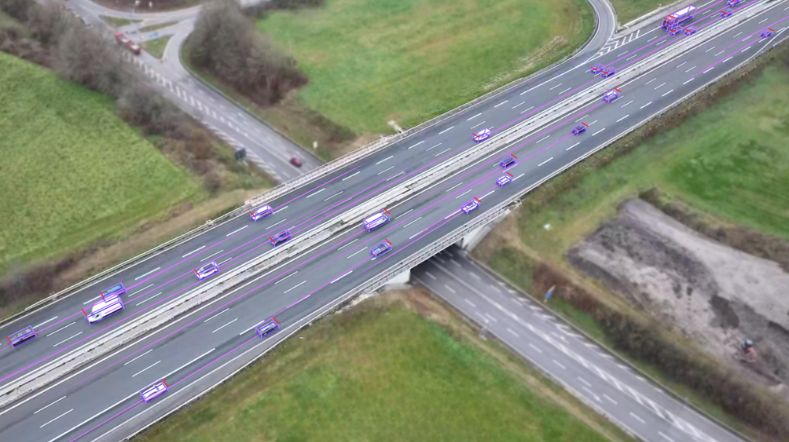

MARQ opens its doors: a place to collaborate on the mobility of the future
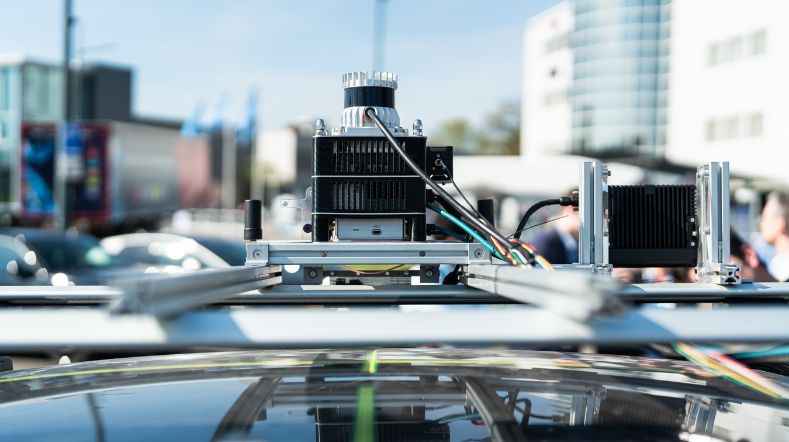

Demonstrations of automated driving and charging for logistics at Maasvlakte
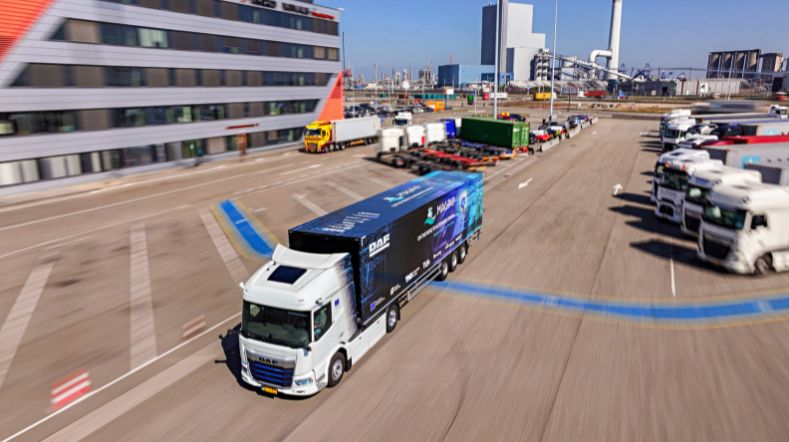

Getting on board with autonomous transport? Five things you need to know
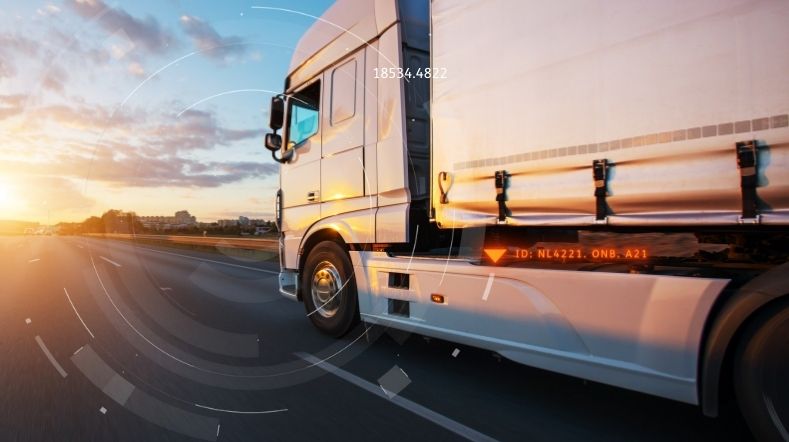

Connected mobility
